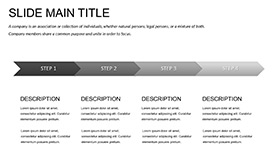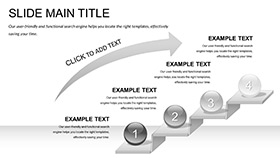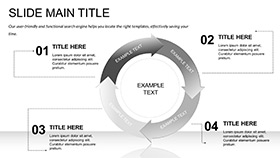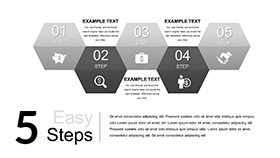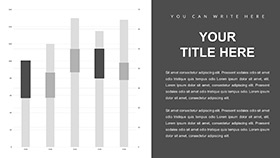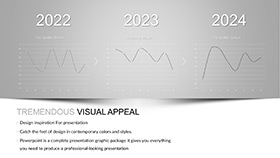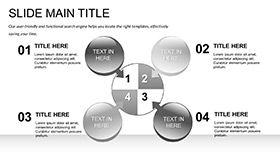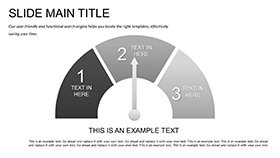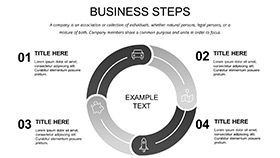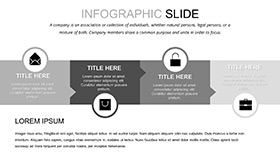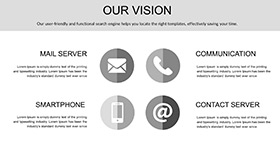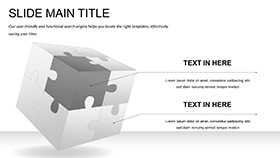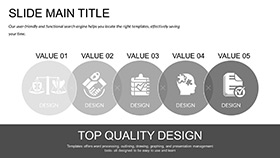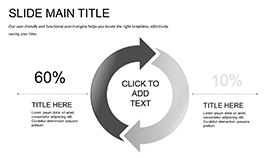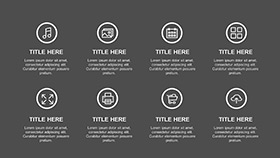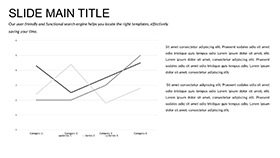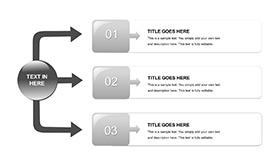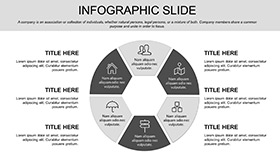Step into the briefing room where stakes are high, and clarity cuts through the haze - your slides dissecting agent dispersal patterns with unflinching accuracy, empowering decision-makers to safeguard lives. The Chemical Weapon Keynote Template equips security analysts, policy advisors, and emergency responders with 28 razor-sharp diagrams in seven tactical color schemes, turning dense threat assessments into strategic blueprints. Whether briefing on sarin protocols or mustard gas histories, this tool ensures your message lands with the precision of a well-drilled response.
Anchored in defense realities, the template employs stark, functional designs - gridded backgrounds evoking hazmat zones, masters that frame data like classified dossiers. Three backgrounds and three masters offer tactical flexibility: muted grays for classified overviews or alert reds for urgency. Editable in Keynote`s core, it allows secure adaptations, from redacting sensitive specs to layering in live feeds, keeping your presentations agile amid evolving threats.
Dissect the Strategic Layers of Threat Visualization
The 28 diagrams form the template`s arsenal, each calibrated for chemical specifics - flowcharts tracing nerve agent synthesis, scatter plots modeling exposure radii, layered maps overlaying historical incidents like Halabja. Vectors ensure scalability for large command screens, with icons for PPE and decon stations adding operational depth.
- Scheme Versatility: Seven palettes from stealth blacks to warning yellows, adapting to clearance levels.
- Secure Formatting: 16:9 widescreen for tactical displays, with locked elements for compliance.
- Dynamic Reveals: Animate contamination spreads to simulate timelines, heightening situational awareness.
Key tactic: Base on the master with perimeter grids, plotting your threat matrix. For joint ops, streamline a diagram into at-a-glance matrices, color-coding risks for rapid scanning.
Deploying Diagrams in High-Stakes Security Scenarios
Visualize an intel brief: Slide four deploys a process chain from production to deployment, nodes highlighting vulnerabilities at each stage. Advance to slide twelve`s comparative analysis - bar graphs pitting agent types by lethality and persistence, footnotes linking to treaties like the CWC. This methodical unpeeling equips teams without overwhelming, akin to how NATO briefs layer intel progressively.
Policy workshops thrive on the template`s infographics for advocacy. Timeline slides chronicle evolution from WWI trenches to modern non-state actors, pins dropping milestones for debate. Or use radial charts to fan out mitigation strategies - detection, protection, response - centered on a core vulnerability icon. These foster informed discourse, bridging gaps between theorists and practitioners.
- Map Your Intel: Collate data points; align to diagram architectures.
- Fortify Details: Embed watermarks or hyperlinks to declassified sources for verifiability.
- Simulate Runs: Test animations against scenario clocks, refining for real-time drills.
Training exercises gain edge with scenario-based backgrounds - urban for city threats, rural for dispersal models. A single heatmap slide can project plume trajectories, guiding evac routes interactively.
Strengthen Your Briefings with Defense-Grade Design
Eclipsing vanilla security slides, this template targets chemical nuances - diagrams that parse LD50 curves or hydrolysis rates without jargon overload. Seven schemes ensure visibility in low-light ops centers, .key/.kth/.jpg exports for secure sharing via encrypted drives.
It`s your visual foxhole: resilient, revealing, ready. Responders value how it preps psyches for the unseen, visuals priming protocols like muscle memory. For inter-agency syncs, consistent masters unify disparate data streams.
Lock in clarity - acquire the Chemical Weapon Keynote Template for $22 and armor your insights against uncertainty.
Frequently Asked Questions
Are diagrams compliant with classification standards?
Yes, with editable layers for redaction, supporting sensitive handling in Keynote.
Can I integrate real-time data feeds?
Seamlessly; hyperlinks and embeds pull from secure sources for live updates.
Does it cover historical and modern agents?
Comprehensive - timelines and comparisons span eras, adaptable to specifics.
What aspect ratios are supported for command screens?
Primarily 16:9, with tweaks for 16:10 in tactical environments.
Are animations suitable for simulation training?
Yes, customizable paths mimic real dispersal for immersive drills.






